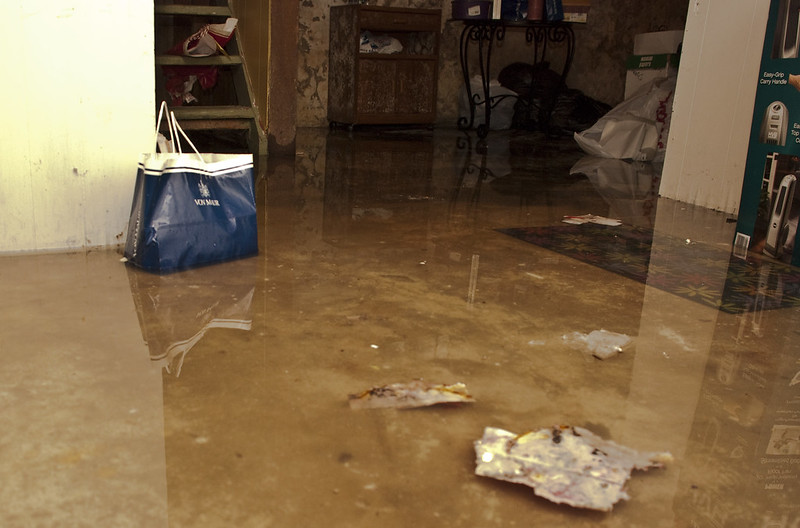Dealing with water damage is never a pleasant thing, especially if you’ve been away for a long time or the water source is a category 3 black water source.
There are several things that could be done to mitigate the damage and reduce the insurance coverage bill and the resources a water damage restoration company would charge.

The first few steps towards cleaning out a property that has been damaged by water are to deal with the initial moments of the situation.
Professionals like GCDRestoratio.com recommend that all power to the property is turned off to reduce the risk and hazards related to waterlogged power cables and outlets, after that it should be as follows.
Finding and dealing with the source of the water damage is the most important part. In fact, this is what emergency water repair deals with. For that purpose, professionals use infrared cameras and detectors to see where water is leaking and flowing from.
This will cease the inlay of water into the property and reduce the water level as to mitigate further damage to walls, ceilings, or floors.
Read Also:
Depending on the category of the flooding and the class of the materials which have been affected, the appropriate measures must be taken. To determine if there’s a presence of bacteria in the water and the affected parts of the property, water tests, and surface samples are taken.
The source of the water can be classified in three categories:
The level of contamination of the water will determine what methods of extraction, disinfection, and dehumidification will be required to fully cure and clean the property.
Assessing what has been damaged beyond repair is the first step towards assessing the cost of the restoration process. Professional companies will strive to save as much as possible, however, if a piece of furniture or carpeting has been affected with black or gray water, it’s best that they are discarded.
After the water has been shut off and the preliminary tests are done, professionals will act according to the category of the water source.
A necessary step is the removal of any water through pumps and dehumidifying units – depending on the class of the materials which have been affected (porous and absorbent or non-absorbent) tools may be left for a 24/7 work cycle.
Monitoring teams will be sent out every 24 hours to check on the progress of the dehumidification.